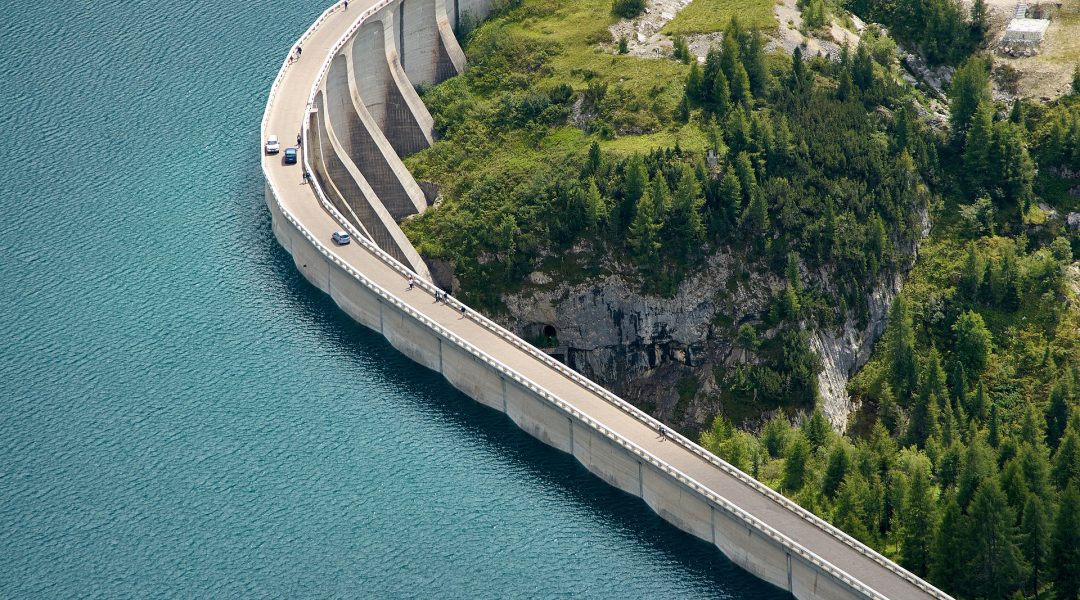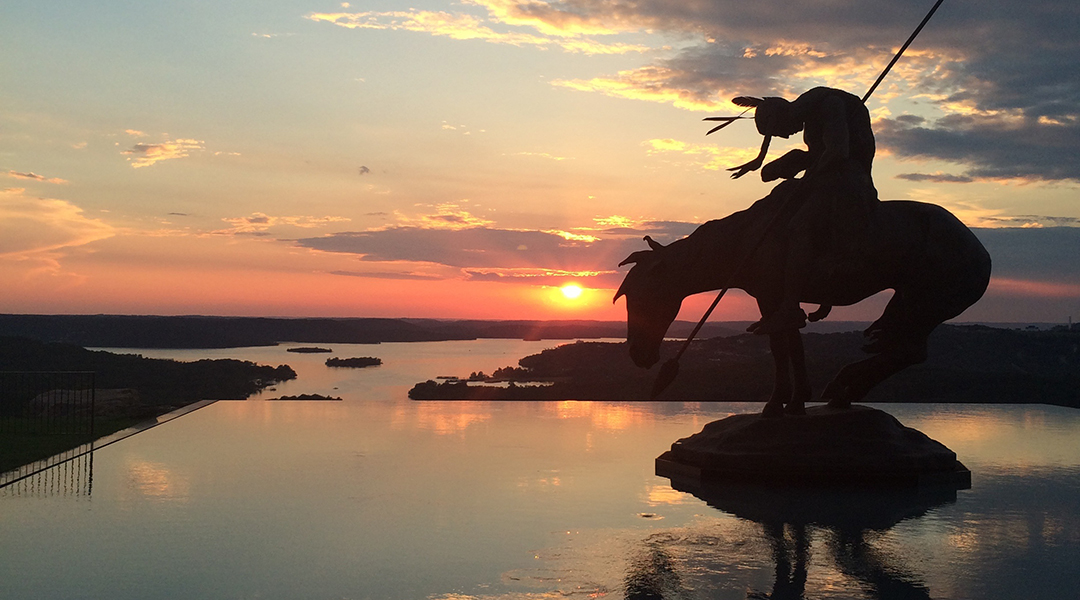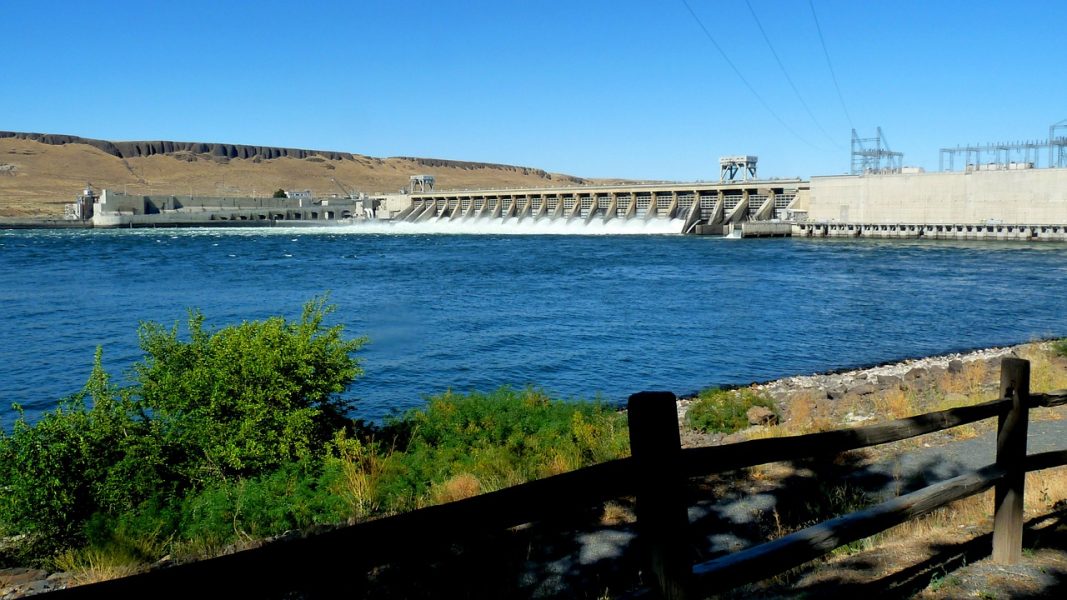“Financialization” of water infrastructure concerning the processes and infrastructure through which water is produced and distributed.


“Financialization” of water infrastructure concerning the processes and infrastructure through which water is produced and distributed.
In many cases, standard approaches for analysing temperature-depth profiles to trace groundwater flow are now invalid because climate change has warmed the land surface and created an inversion in the geothermal gradient.

Operators are now increasingly being held accountable to ensure delivered water is safe for human consumption, yet little is understood on how to best to manage these living engineered systems.

Working with beavers could help us to design holistic urban and suburban green spaces in the future.
From the West African rain forest to the Ethiopian highlands, implications of changes in the West African rainforest with respect to the rain and available water resources of the Nile basin.

The literature on Indigenous water rights, examining the ways in which Indigenous people are framing their claims for water and how they are being addressed in national frameworks of water governance.

How are hydrologic data used in understanding environmental processes and creating forecasting models and guiding water management?
Records of flooding in the past have, and continue, to improve flood hazard assessment.
A recent WIREs Water review analyses the close relationship between water and moving images.
The right to water requires that governments ensure water is available, accessible, safe, affordable and acceptable for human consumption. At this point in time, however, there is little consensus on how to measure and verify a country’s compliance with that right.